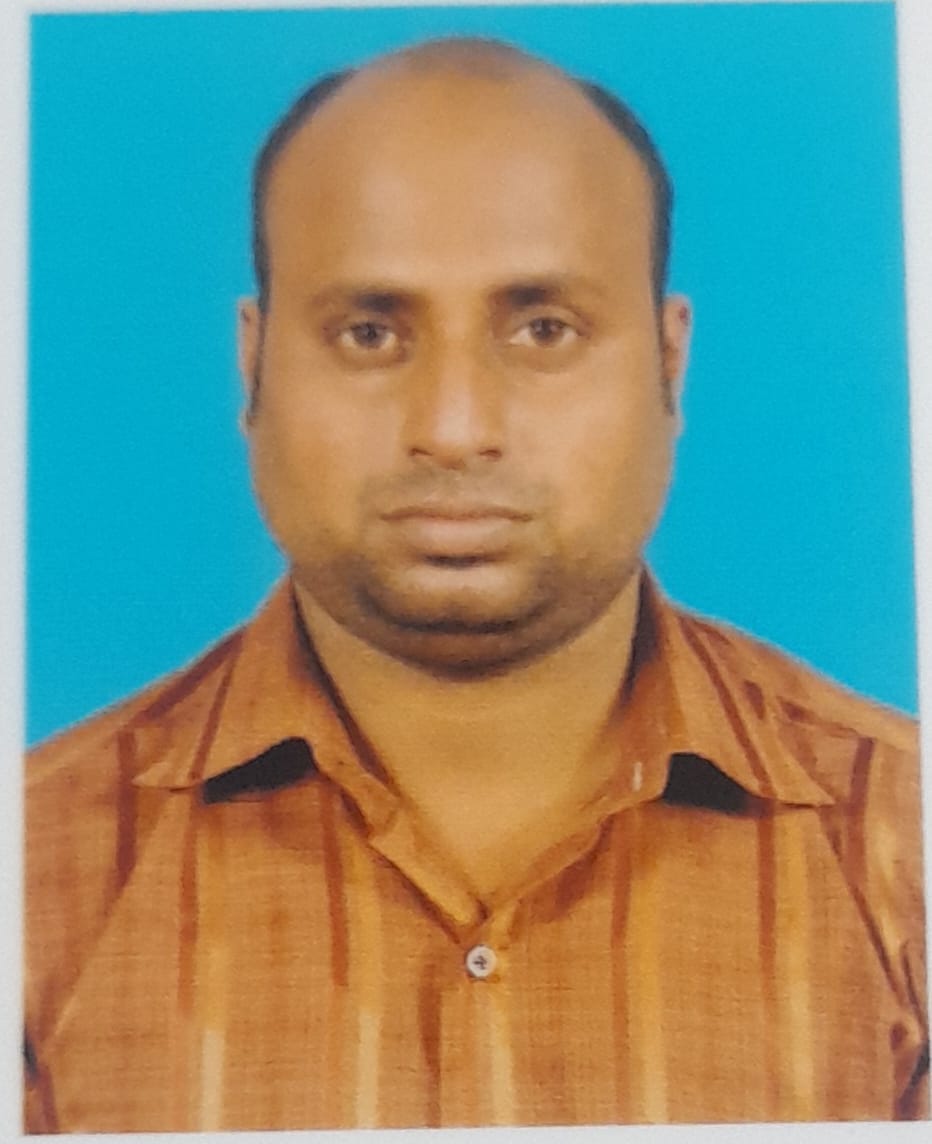Trademark registration in Bhopal, as in the rest of India, is managed by the Controller General of Patents, Designs, and Trademarks, which operates under the Ministry of Commerce and Industry, Government of India. The procedure is fairly straightforward but can involve multiple stages. Here’s a breakdown of the process:
Step 1: Trademark Search
Before applying for trademark registration, it is crucial to conduct a trademark search. This step ensures that no identical or similar marks are already registered or pending registration. By doing a trademark search, you can avoid the risk of rejection or a legal dispute later on.
You can conduct a trademark search through the official IP India website or seek the help of a trademark agent or attorney in Bhopal who can assist in identifying potential conflicts with existing marks.
Step 2: Filing the Trademark Application
Once you’ve confirmed that your trademark is unique and eligible for registration, the next step is to file an application. This can be done online through the IP India website or by submitting a physical application to the local Trademark Office. The application should include:
- The name and address of the applicant.
- A clear representation of the trademark.
- The goods or services that the trademark will cover.
- The class of goods or services (India follows the NICE Classification system, which categorizes goods and services into 45 classes).
In Bhopal, the Trademark Office falls under the jurisdiction of the Regional Office in Mumbai. However, applicants can file online from anywhere in India, including Bhopal, and the application will be processed accordingly.
Step 3: Examination of the Application
After filing the application, the Trademark Office will examine it to ensure it meets all the legal requirements. This process includes checking for any conflicting trademarks, ensuring that the trademark is not generic or descriptive, and verifying that it is distinctive enough to represent your brand.
If the examiner finds any issues with your application, they will issue an examination report, which you must respond to within a specific period, usually 30 days. This response could involve clarifying certain details, providing additional documentation, or making amendments to your trademark application.
Step 4: Publication in the Trademark Journal
Once the examination is completed, and there are no objections or after objections have been resolved, your trademark will be published in the Indian Trade Marks Journal. The publication allows third parties (anyone who believes the trademark may infringe on their rights) to oppose the registration of your trademark. They have a 4-month period to file an opposition.
If no opposition is filed, or if the opposition is resolved in your favor, your trademark will proceed to registration.
Step 5: Registration and Issuance of Certificate
After the opposition period ends or is successfully resolved, the trademark will be registered. You will receive a trademark registration certificate, which serves as proof of your ownership of the trademark. The certificate is valid for ten years and can be renewed indefinitely in ten-year intervals.











